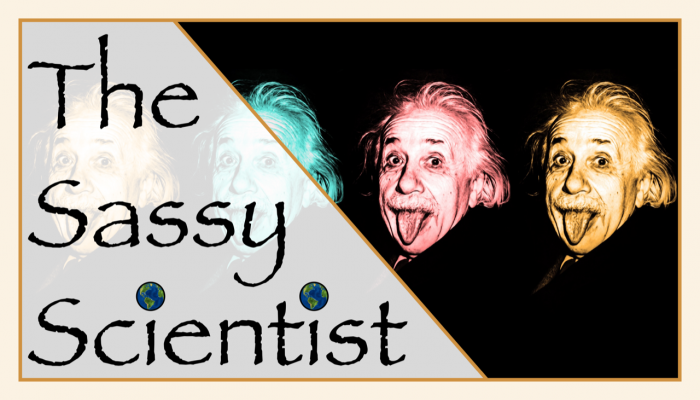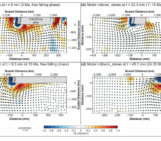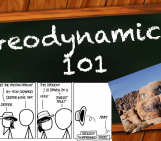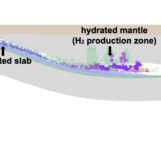
Winning a prestigious fellowship is the dream of any early career scientist. It provides the freedom to waste a couple years of public funding without having to answer for that to a supervisor. The first step to reaching this academic Nirvana is to write a proposal. Blerta dares to ask what’s on everyone’s mind:
What is a great idea for a proposal?
Dear Blerta,
I would love to tell you that the proposals that get funded are based on innovative and ground-breaking ideas. I yearn to tell you that funding agencies are indeed looking for ‘high-risk, high-gain’ projects. I long to confirm that ‘inter- and multi-disciplinary’ proposals are the ones that actually win the jackpot. I would love to, but I honestly cannot. There is one thing you really, really need to interiorise to save yourself future disappointments:
Nobody is actually interested in novel ideas.
You have probably been told that the future of science lies at the intersections of different communities. That’s a blatant lie. Sure, you can always walk up to someone that works in a different field and say “hey there! I know you are the big cheese in your field and I am definitely not here to tell you how to do your job. However I think our two communities can learn from each other. Here is a draft of a paper with a slightly different way of simulating your system. I hope this sparks fruitful and engaging conversation that ultimately will lead to a giant leap forward in our understanding of the planet”. Unfortunately the likely reaction varies from a blank stare, followed by “well…that is not how we do things” to outright defensiveness, because nobody really wants to be told how their life’s work can be improved upon.
Your well-established, lightly-brash and charismatic Geophysics 101 professor might also have told you to ‘think outside the box’. You see…that is also very thin ice. By all means, lock yourself up in a Tibetan monastery for a couple months and emerge with a new mathematical model that improves on what Newton, Stokes, Cauchy and friends derived. That is not what people really want, though. What’s wrong with the old models? Why would you improve upon the old masters?
So, if actual new ideas don’t make for good proposal ideas, what can you do? Fear not! I’ve got you covered:
A good proposal idea is a traditional idea. Low-risk, moderate-gain.
Why do we need new numerical models to simulate the Earth? Just throw more CPUs at the same models! That ought to do the job! What are you saying? A new data analysis technique? No, no! We have well established techniques already! Just feed them more data!
It’s a sad state of affair and the earlier you understand this, the better for you.
Yours truly,
The Sassy Scientist
PS: I hope you did not find this post exceedingly innovative and ground-breaking





